30 Amazing Facts About Your Office
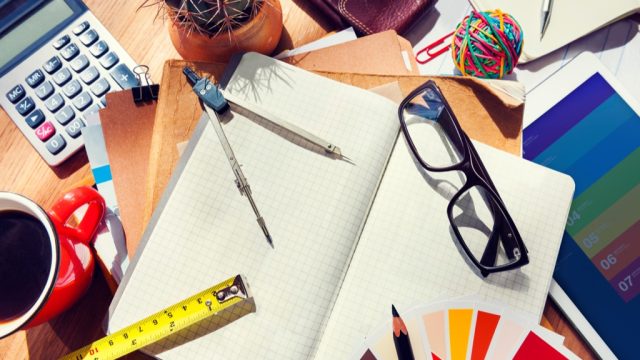
There are countless things in your office that likely occupy more of your mental energy than you want: that printer that keeps jamming, the coffeemaker that never quite works right, or that coworker whose high pitched sneezes make you jump out of your seat. However, dig a little deeper and you might just realize there’s actually a fascinating world of facts you didn’t know about some of the most seemingly mundane items in your workspace: your office supplies.
In fact, some of the backstories behind the contents of your average office supply cabinet are a whole lot more thrilling than your bosses’ recounting of their latest vacation for the nth time. From lifesaving adhesives to jewel-encrusted stationary, these office facts might just have you feeling a bit more content within the four walls of your cubicle.
1
Aluminum foil can sharpen scissors.
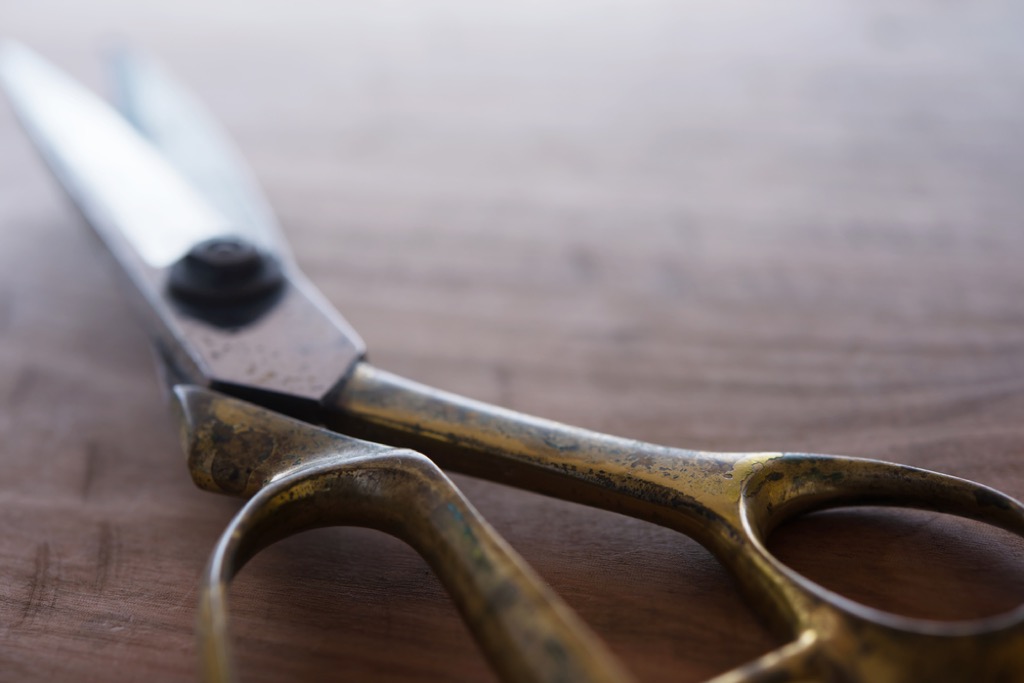
You may have a pencil sharpener at the ready, but a scissor sharpener? Unlikely. Fortunately, there’s a simple way to keep those blades as sharp as when you brought them home: aluminum foil. Simply cutting a piece of aluminum foil with your scissors can sharpen their blades in an instant, as the process of cutting through metal can actually reduce the amount of rust and other detritus on the blades.
2
The ballpoint pen was inspired by marbles.
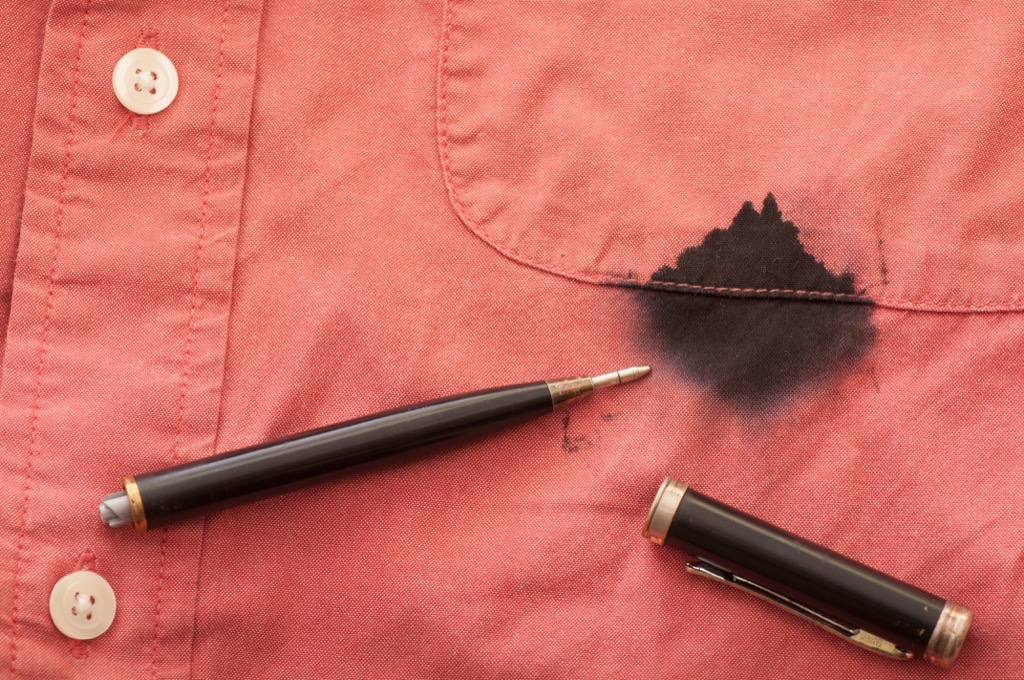
Ladislao José Biro, a Hungarian journalist, was, like many of his contemporaries of the 1930s, looking for an alternative to the leaky and unreliable fountain pen with which to perform his work.
His first design—modeled after the newspaper printing press—was a slight improvement over the fountain pen, but, due to its cylindrical nature, could only roll backwards or forwards. Then, one day, Biro came across a group of children playing a game of marbles. After one marble rolled through a puddle, Biro noticed, it continued to spread water along its path as it rolled onward. It was exactly the kind of movement Biro was looking for and, suddenly, the ballpoint pen was born.
3
Pencils are yellow to remind customers of Chinese royalty.

Pencils first began production in the United States in Massachusetts in 1812. It wasn’t until 1890, however, that the modern, mass-produced pencil began to take shape. At the time, the highest quality graphite—the component in pencils that allows them to write—was produced solely by Chinese mines. To signal to their customers that they only used the highest grade materials, pencil-making companies began painting their pencils yellow—the color of royalty and respect in traditional Chinese culture. After that, the color just stuck.
4
The paperclip was a sign of the resistance during WWII.
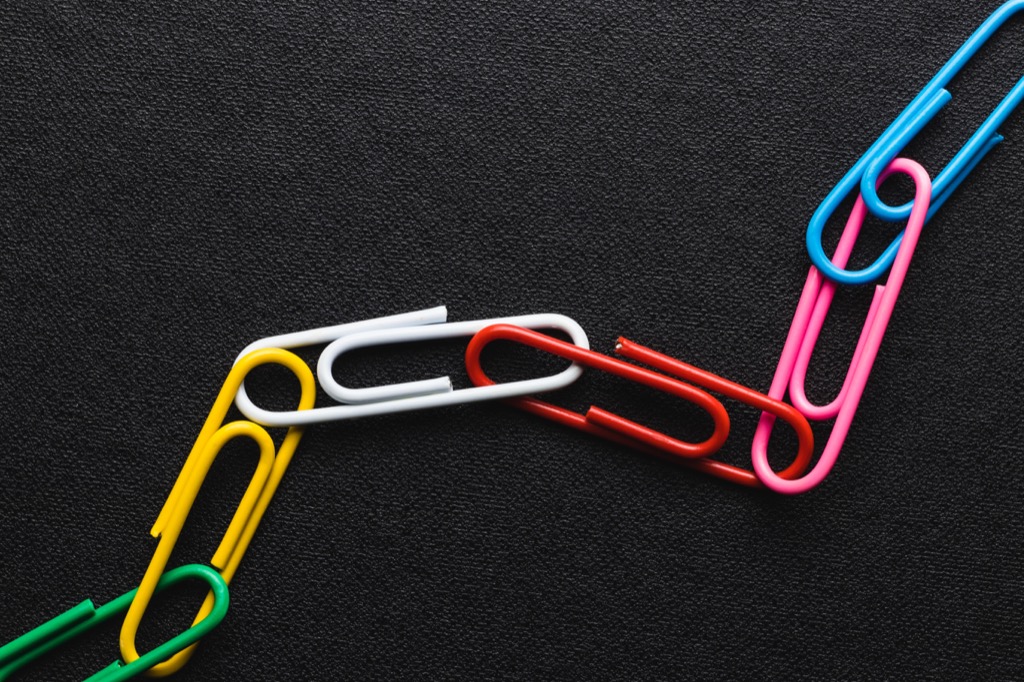
When Nazis overtook Norway in the 1940s, students at Oslo University began wearing paperclips on their lapels—as well as paperclip bracelets and other homemade jewelry—as a sign of unity and resistance. Because traditional Norwegian symbols had been banned, students looked to alternative ways of displaying solidarity. The paper clip was chosen not only for the symbolism of its ability to bind things together, but because it was also mistakenly believed to have been invented by a Norwegian, Johan Vaaler, in the early 1900s.
5
The “fat and flat” eraser was created by accident.

When Günter Schwanhäusser of the Schwan Pencil Factory wanted to launch a highlighter with a distinctive shape, he asked his designers to come up with some prototypes. After Schwanhäusser dismissed all of their ideas, one frustrated designer slammed his first down on the table, inadvertently squashing the clay model. The result—a flat, wide lump of clay—so appealed to Schwanhäusser that he decided it would be the shape of the final product.
6
The inspiration for modern paper came from wasps’ nests.
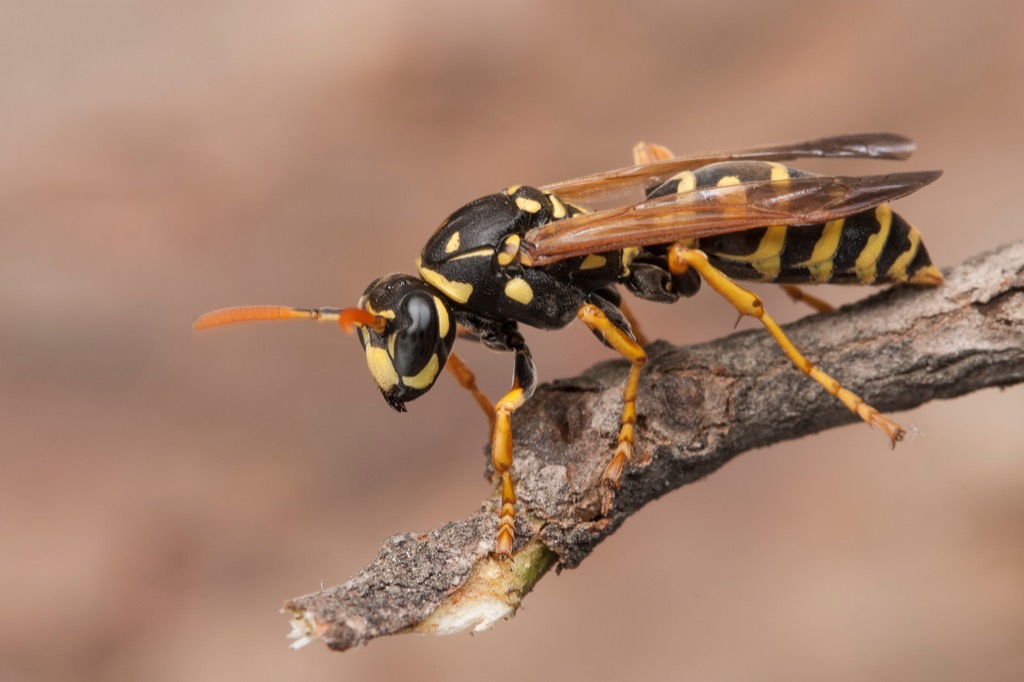
During a stroll through the woods, Réne-Antoine Ferchault de Réaumur, a French scientist from the 18th century, discovered a solution to one of his biggest problems. Despite making breakthroughs in physics, mathematics, and chemistry, Réaumur always had trouble publishing his work—there simply wasn’t enough paper for it to be published on. At the time, paper was made from rags, a commodity whose demand quickly outstripped its supply. Coming upon a wasps’ nest in the forest, however, Réaumur discovered that the wasp—whose thin nest was made from chewed wood pulp—provided a glimpse into the paper-making possibilities of wood. “The American wasps,” he told his contemporaries after studying the wasps’ digestive habits, “make a very fine paper…[and] teach us that one can make paper from fibers of plants without the use of rags or linens.”
7
The original legal pad was created for a judge who liked to take notes.

In 1888, the legal pad began to take shape after a young paper mill worker named Thomas Holley had the idea to collect scraps of paper and stitch them together to sell as cheap writing pads. It wasn’t until 1900, however, that the famous oversized pad took its final shape after a local judge asked that margins be drawn on the left side of each page to accommodate his notes.
8
The first erasers were pieces of stale bread.

Before rubber erasers, draftsmen employed rolled-up pieces of stale bread to erase unwanted marks. Then one day, an 18th century inventor named Edward Nairne—while in the process of sketching—accidentally picked up a piece of rubber instead of bread. At the time, it seems, he had been selling rubber cubes to earn a profit. After using the rubber anyways, he quickly discovered its erasing properties. Afterward, he began selling the world’s first rubber erasers for the low price of three shillings.
9
The QWERTY keyboard was created to stop typewriter jams.
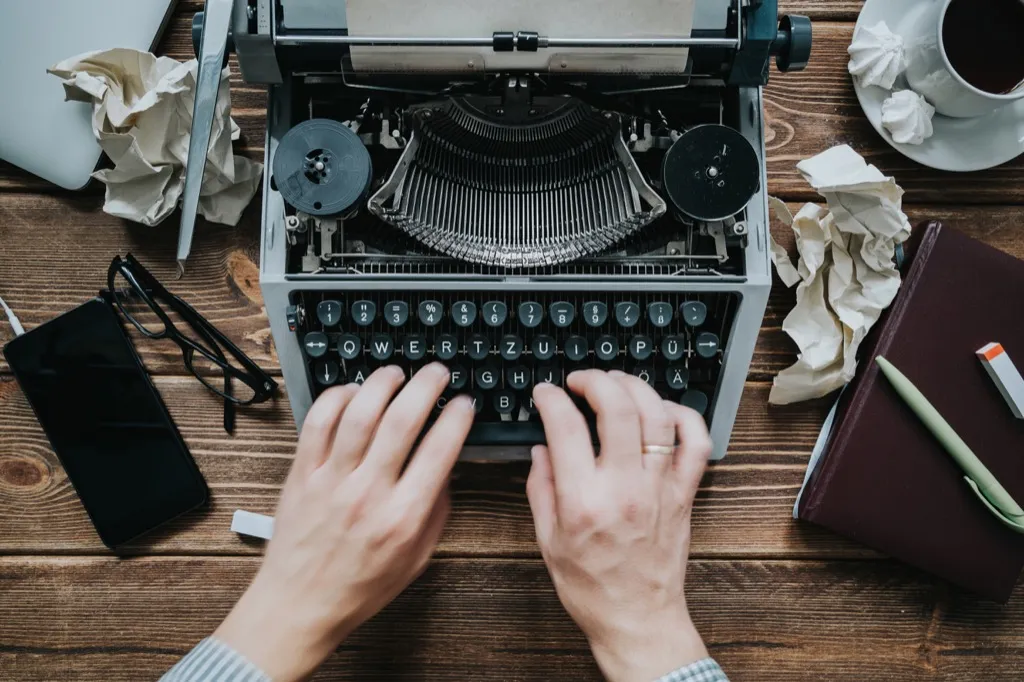
When the typewriter was first introduced in 1868, the keyboard was laid out according to the order of the alphabet—a, then b, then c, and so on. However, there was one big problem: the keys kept sticking, because commonly used letter combinations—like ST and AB—were placed near each other.
In order to remedy this situation, an educator named Amos Densmore came up with a new layout which would place commonly used letter combinations further apart. While the distance would initially slow down typists’ speed, the decrease in key jams would actually increase their overall speed in typing up documents. The result, despite the obsolescence of the typewriter, stuck, giving us the QWERTY keyboard.
10
The ancient Egyptians created the first scissors.
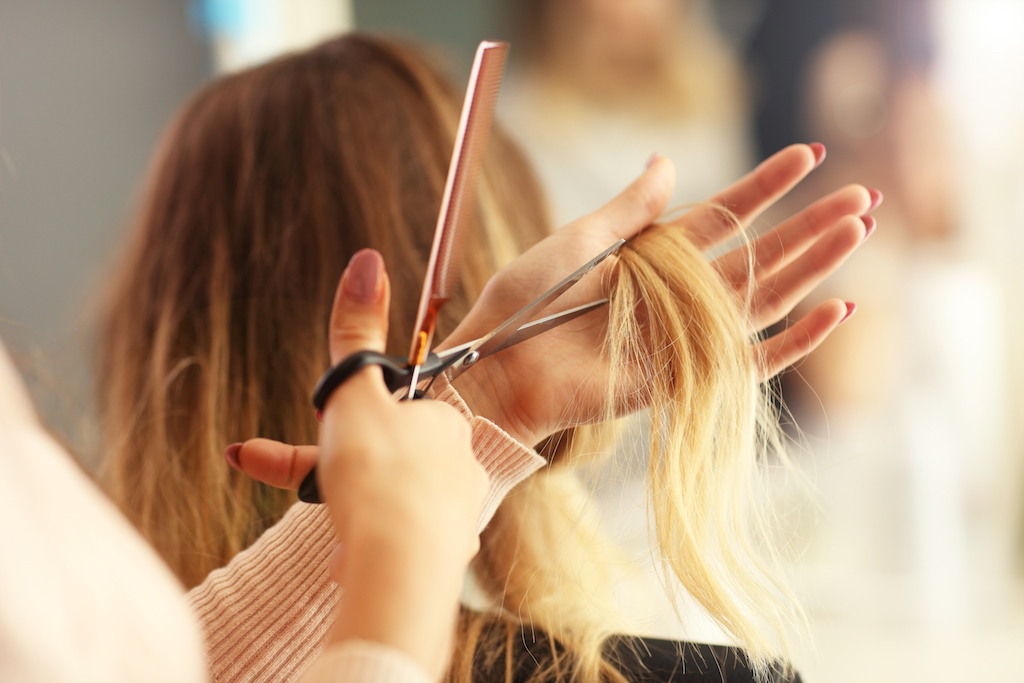
As far back as 1,500 B.C., the ancient Egyptians were known to use one large piece of metal—typically bronze—fashioned into two blades which, when squeezed, would come together in order to cut fabric or plants. Through trade and travel, the idea spread far and wide, most notably being adapted by the Romans in 100 A.D., who—also using bronze—utilized a design very similar to the one we’re familiar with today.
11
The first stapler was made for King Louis XV.

The first known stapler appeared in France in the 1700s, handmade for the king at the time, Louis XV. In addition to having the royal insignia inscribed on each and every staple, the device was allegedly made using gold, while sporting precious stones embedded in the metal for decoration.
12
Bubble wrap was originally sold as wallpaper.

In 1957, two engineers from New Jersey, Alfred Fielding and Marc Chavannes, sealed together two shower curtains—creating air bubbles in between them—and tried to sell the result as wallpaper. Predictably, it was a commercial failure. Afterwards, they tried to sell their invention as greenhouse insulation, only to fail once again. It wasn’t until 1961 that the pair found their first client, IBM, who discovered that the material would serve as excellent protection when shipping computer across the country. The IBM 1401—one of the first mass-produced computers—was the first product to be shipped in the new invention.
13
Darwin led to the creation of the office chair.

Charles Darwin did more than just change mankind’s understanding of the world: he also aided mankind in getting around the world a bit more quickly. The scientist became the earliest progenitor of the modern-day office chair when, in order to get around his study with ease, he added wheels to the bottom of his chair. Evidently, the bearded Brit wasn’t a fan of the standing desk.
14
Pen caps have holes in them to prevent suffocation.
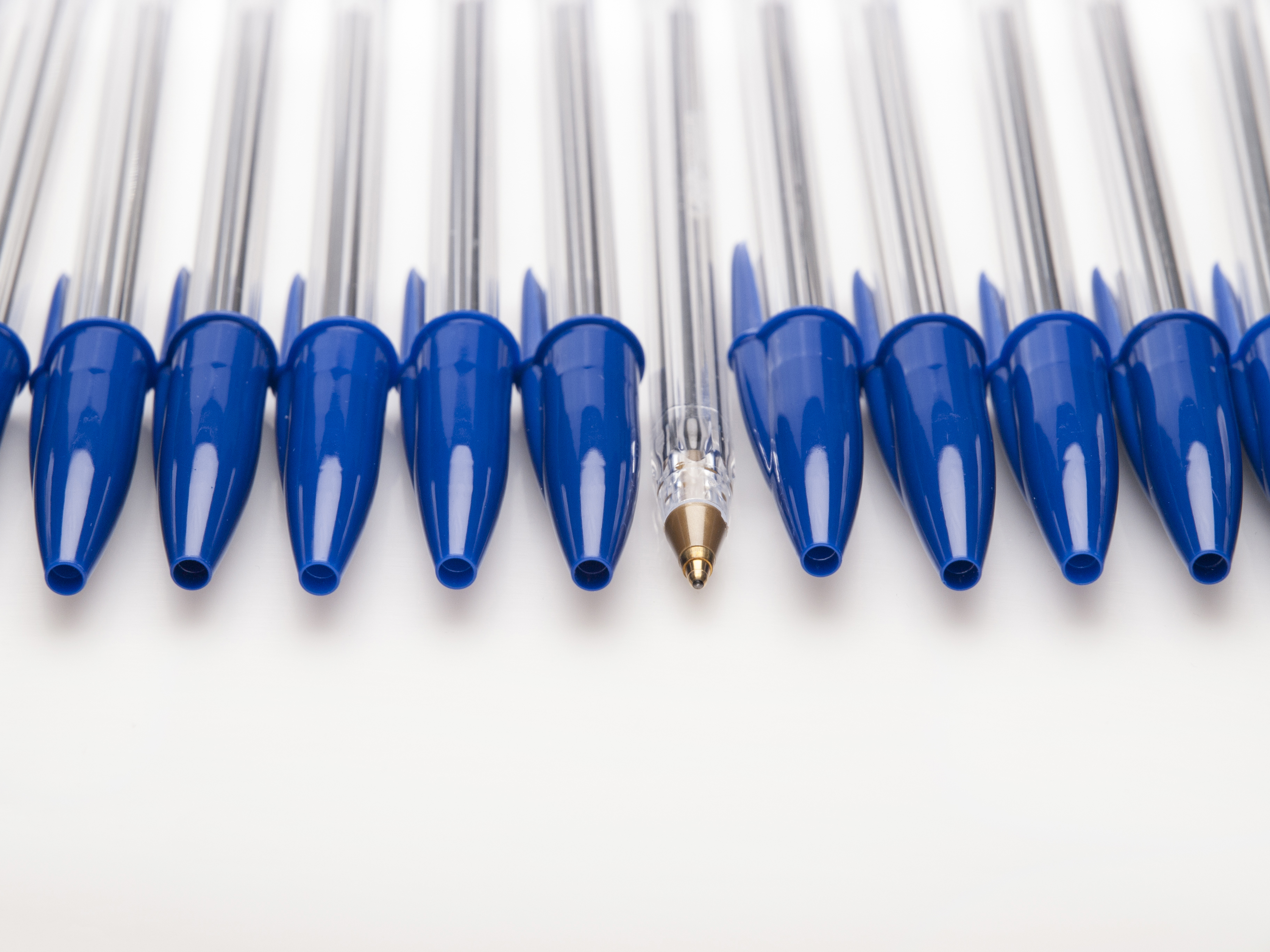
While theories abound as to why most mass-produced pen caps come with holes in the top, the real reason is simply people’s love for chewing on these plastic writing sticks. In order to prevent suffocation should a pen chewer accidentally swallow the cap, Bic and other pen makers began putting holes on the top of the caps to allow oxygen in. Still, people do die every year from accidents involving swallowed pen caps, though the number has steadily decreased as companies have added larger and larger holes.
15
The glue stick was inspired by lipstick applicators.
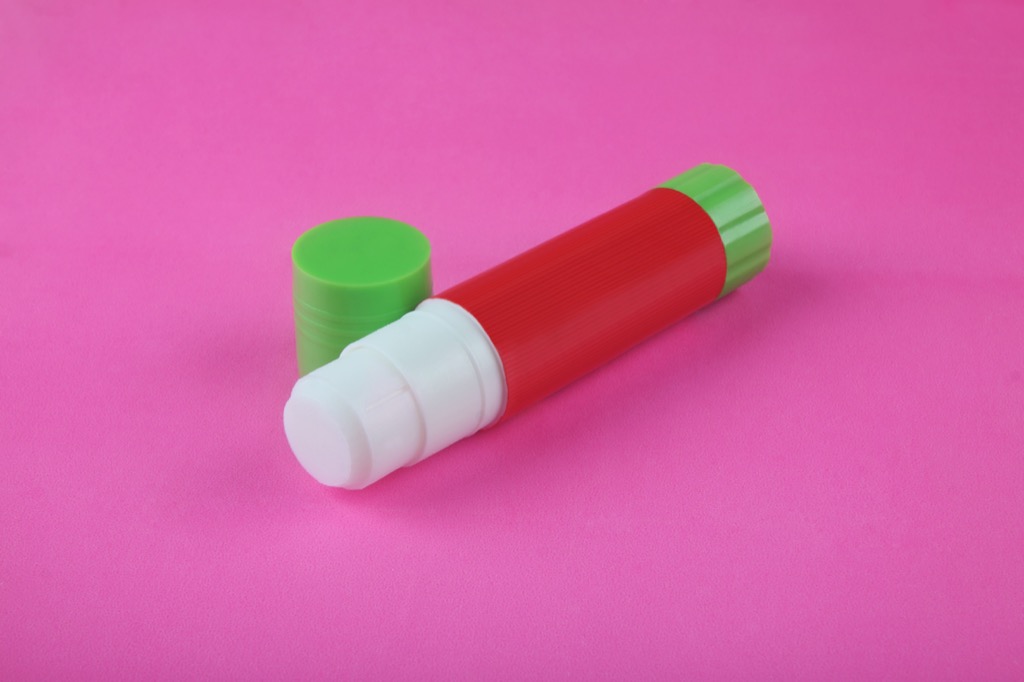
Before the first glue stick was produced in 1967, the only widely-available glue came in liquid form. While traveling on board a plane two years earlier, however, Dr. Wolfgang Dierichs, a researcher at a glue-making company, witnessed a woman applying her lipstick. Immediately, he was inspired by the ease of use with which the lipstick applicator allowed the user to apply the substance it held. After returning home, Dierichs presented his idea to the company, and two years later, the glue stick was born.
16
Dried Sharpies can be revived with rubbing alcohol.
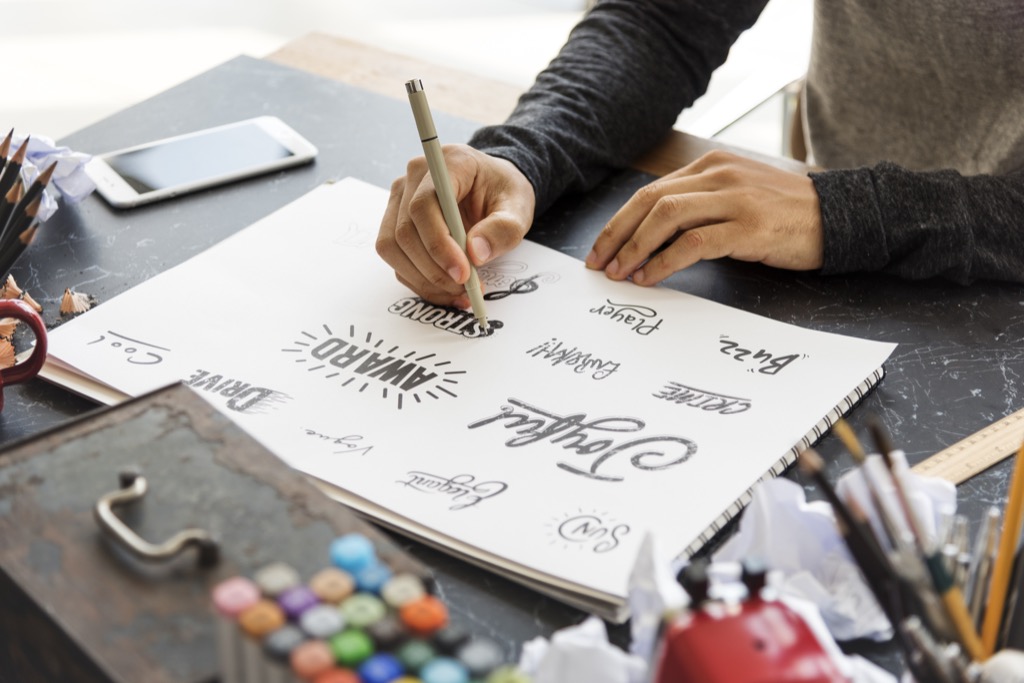
Finding that your permanent marker has dried out when you desperately need it can be a major source of frustration to anyone. However, there is a little-known trick to help revive even the most barren of permanent markers: rubbing alcohol. Simply place the Sharpie, tip down, into a bowl of rubbing alcohol and let it sit until ink starts running out from the tip. Then, re-cap the Sharpie and let it sit for fifteen minutes. When you go to use it again, it’ll work like new, saving you or your company a good three bucks—and a lot of frustration.
17
Most highlighters sold are yellow.

Despite the fact that highlighters now come in a variety of colors—from red to pink to blue to orange—85 percent of highlighter sales go towards the iconic bright yellow. Along with the fact that its markings don’t appear on photocopies, yellow is the most popular because it—along with green—are in the middle of the wavelength spectrum, making them the most visible colors to human eyes. As a result, it can even be seen by people with red-green color blindness.
18
The metal joint connecting the pencil and eraser is called a “ferrule.”
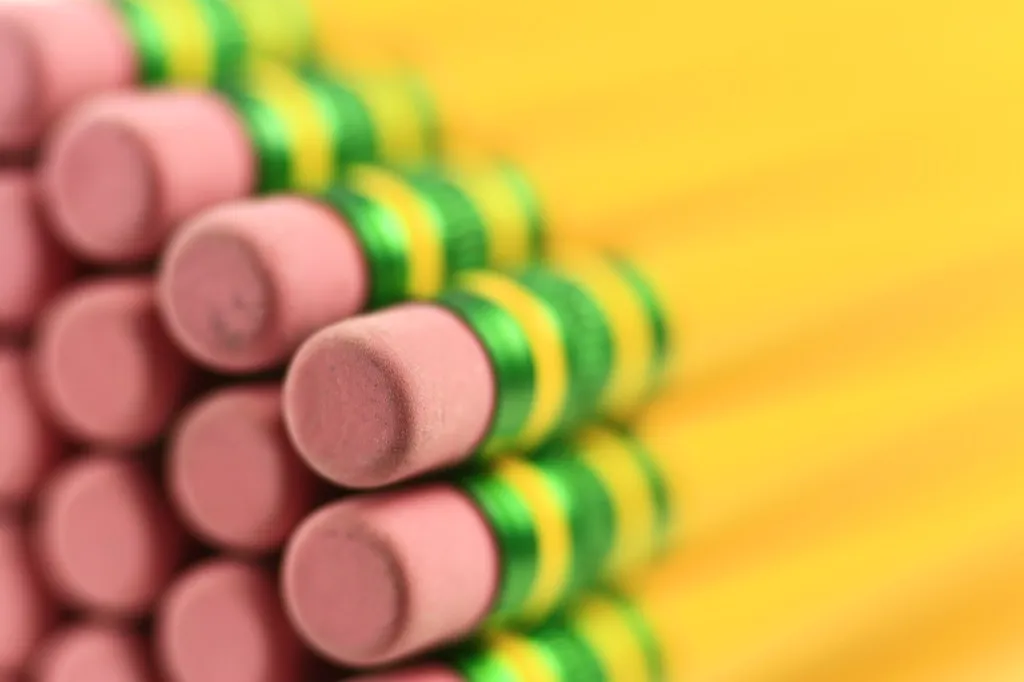
The term “ferrule” also refers to other metal joints holding together two things, such as the band holding bristles to a brush or the cap at the end of a cane. It’s a mixture of the Latin words viriola, meaning “small bracelet” and ferrum, meaning “iron.” And for more ways to deploy this ancient language in everyday life, steal these 30 Latin Phrases So Genius You’ll Sound Like a Master Orator.
19
Pencils can write underwater.

It’s true: while scuba divers need to buy special paper surfaces to take notes on underwater, they can use traditional graphite pencils to do the writing. Erasing works, too.
20
The blue side of the eraser is intended for thicker paper.
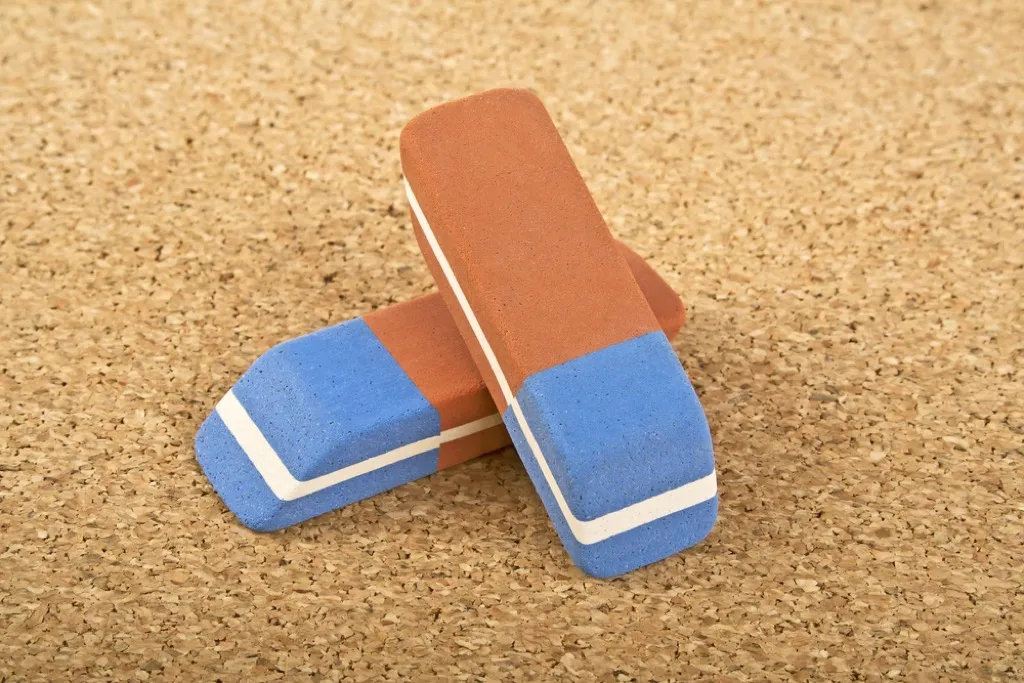
If you’ve ever wondered what the difference between the two sides of your eraser is, you’re not alone. While the red side is the typical eraser side—for use on looseleaf and other writing paper—the blue side is for erasing darker marks on heavier papers, such as construction paper. While the blue is sturdier and able to get through virtually any mark, the red won’t tear through many kinds of paper that the blue side will. In addition, the red can be used for more precise erasing, such as taking out errant marks on a page.
21
Staplers used to be called “Hotchkiss.”

In the early 1900s, the most popular stapler maker was the E.H. Hotchkiss Company of Norwalk, Connecticut. They were so popular, in fact, that the device—much like Kleenex and Hoover—took on the name of its creator, and was popularly known as a “Hotchkiss.” It wasn’t until Swingline staplers rose to prominence in the 1930’s that the moniker eventually wore off. However, the linguistic effects of this history are still felt today: the Japanese word for stapler is hochikisu.
22
Paper envelopes were invented in China in the second century B.C.
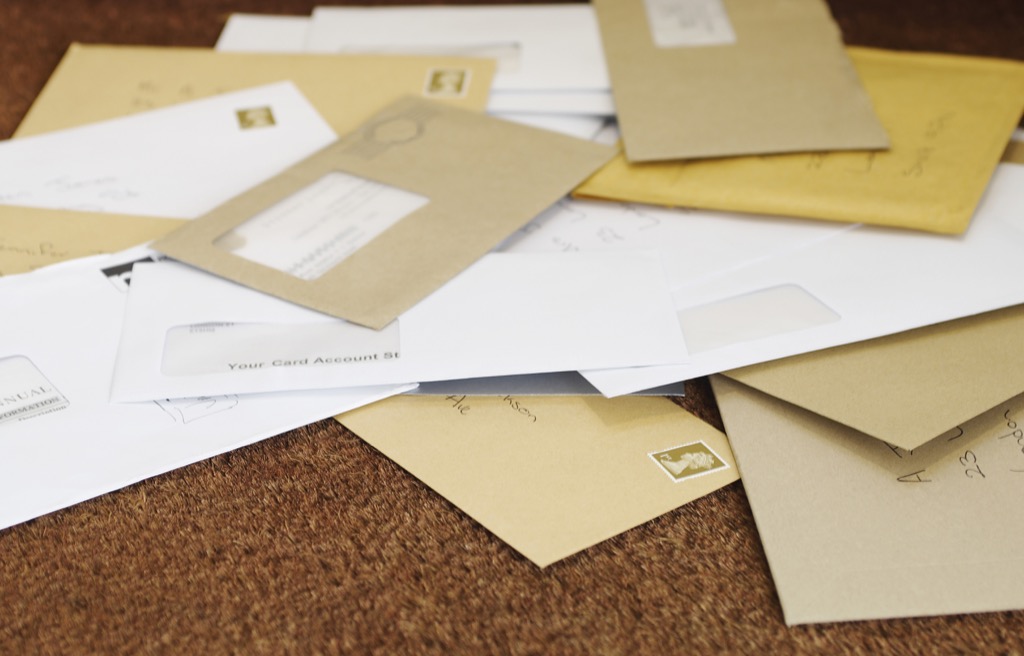
In ancient times, the only envelopes in use were made of clay. It wasn’t until the second century B.C. that the paper envelope was invented by the Chinese. Though the country had a thriving postal system, the invention was primarily used to store and transport gifts of money. In fact, the tradition lives on today: red envelopes are still used in China and other East Asian countries to give gifts of money during holidays or weddings.
23
The average ballpoint pen can draw a line 1.2 miles long.

According to BIC, each of their ballpoint pens can produce 1.2 miles of writing before running out. On average, that’s approximately 45,000 words of writing.
24
Blu Tack is blue so kids don’t eat it.
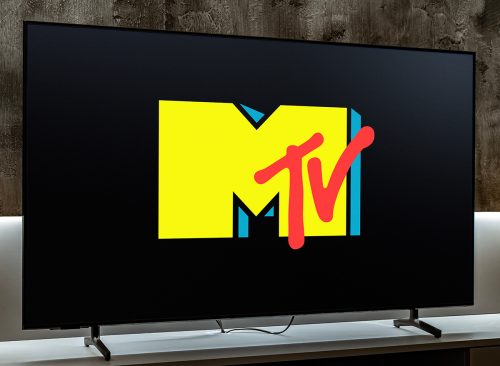
Blu Tack was invented in 1969 by an unknown inventor at Bostik as an accidental byproduct of an experiment to develop a new sealant. While the original product was white, consumer research revealed that many children would mistake the substance for chewing gum, popping it in their mouths for a terrible surprise. In response, blue coloring was added by the company to help distinguish the substance from its sugary look-a-like, thus giving the tack its iconic look, and name.
25
The Post-It was created when a 3M employee made a mistake with his adhesive formula.
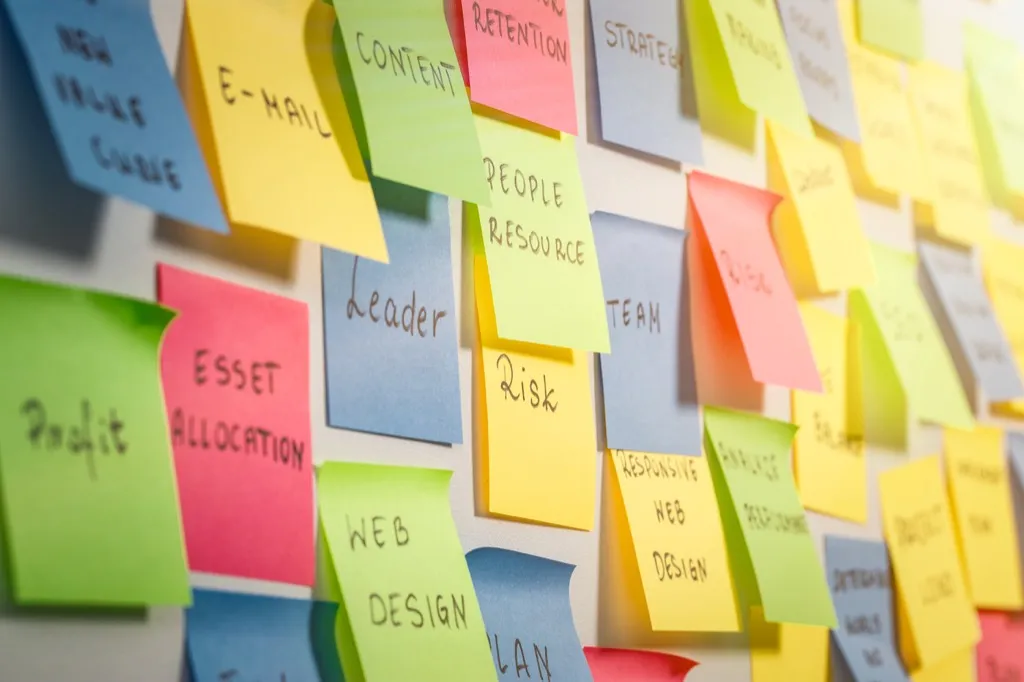
In 1968, 3M employee Spencer Silver was attempting to develop a strong adhesive for airplanes. Instead, he created a very weak adhesive, which he had little use for. It wasn’t until six years later when a co-worker, Arthur Fry, needed a way to hold bookmarks in his choir books without tearing the pages that the use for a very weak adhesive was found. While 3M was initially skeptical of the idea, they introduced the Post-it in 1980, and haven’t looked back since.
26
Super Glue was used to seal wounds during the Vietnam War.
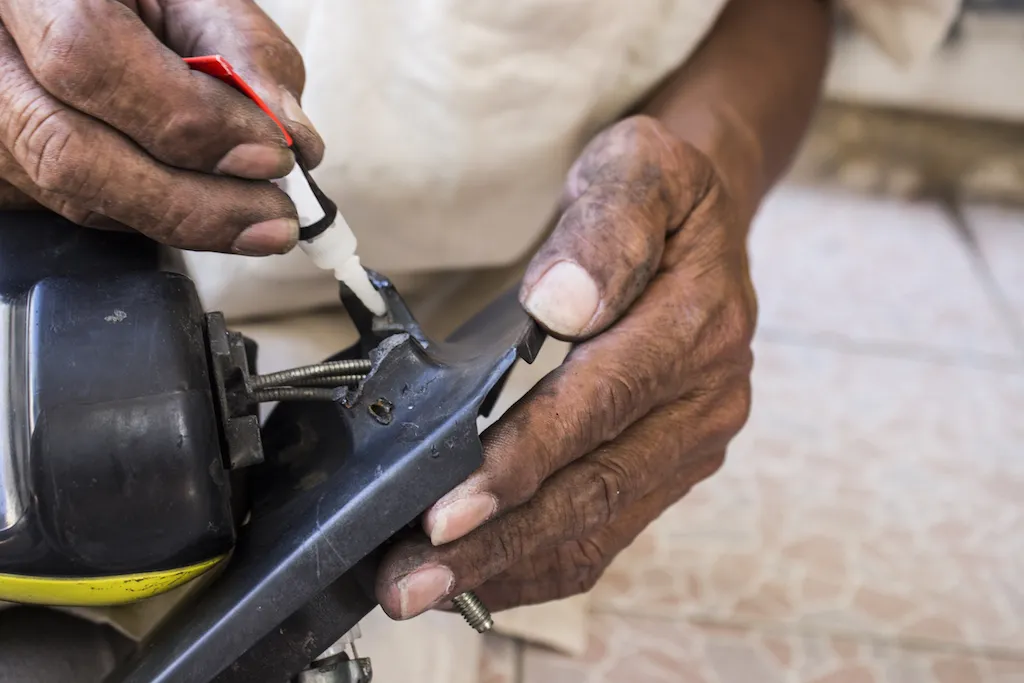
During the Vietnam war, emergency medics turned to Super Glue to stop bleeding and heal wounds on the fly, crediting the substance with saving many lives. In addition, the product is still used by many athletes for a quick fix in the middle of a match. Still, the substance can cause irritation and kill cells, so it’s best saved for emergencies and not your everyday accidents.
27
“Stationery” refers to the fact that its sellers don’t go door-to-door.
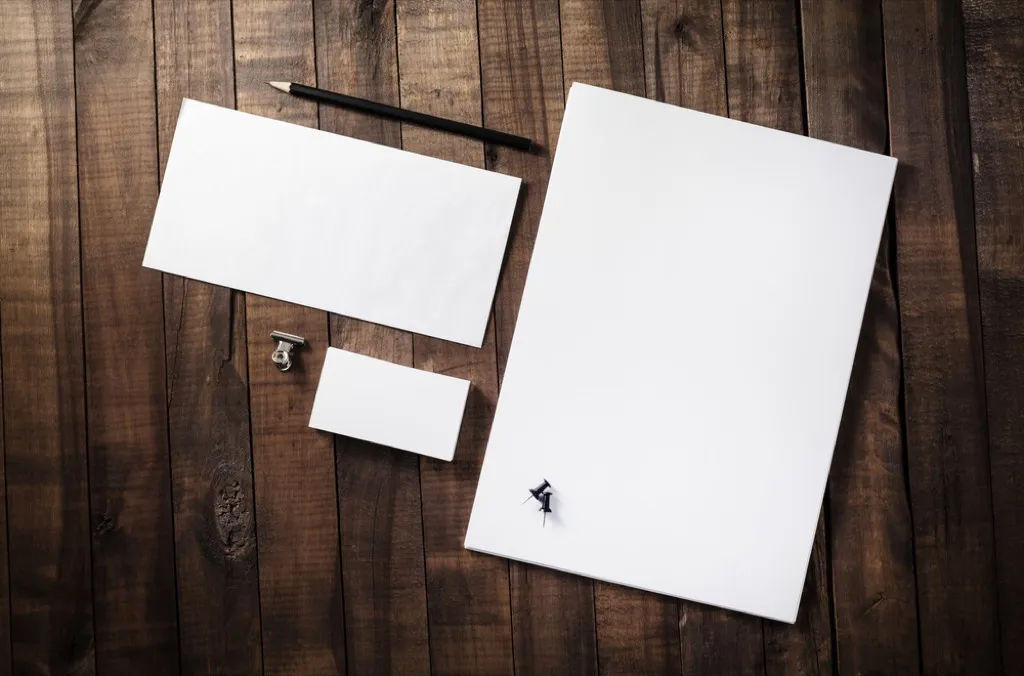
There’s a reason the words “stationary” and “stationery” are so similar. The word “stationer” was originally used to refer to people who sold writing supplies like pens, paper, and pencils, because they remained in one place—near a university, often—unlike the traveling booksellers of the time. While that distinction eventually went away, the term remained connected with the things they sold, which is why modern day writing equipment is referred to as “stationery.”
28
The average pencil can draw a line 35 miles long.

While pens are generally considered the more long-lasting of the two writing utensils, their longevity comes nowhere near that of the pencil, which can draw a line thirty-five miles long before running out.
29
Profits from Liquid Paper paved the way for MTV
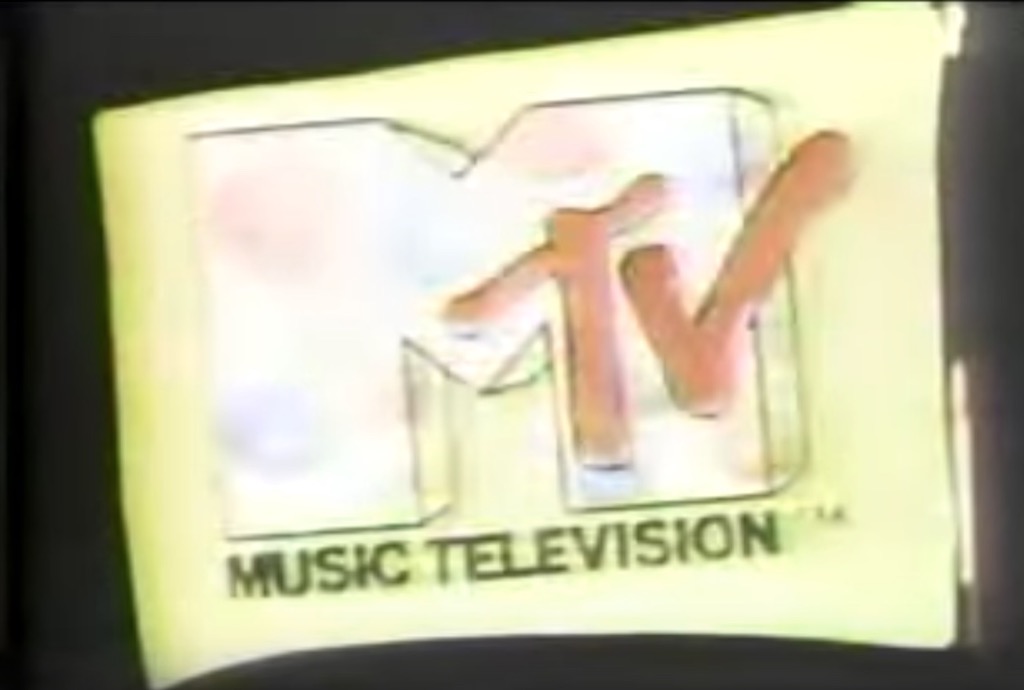
When the inventor of Liquid Paper, Bette Nesmith Graham, died, she left millions to her heirs. One of those was her son, Michael Nesmith, a member of The Monkees. With some of the money, he put together a show, Popclips, which played music videos, explaining the idea as a “new kind of TV that played videos 24 hours a day.”
While Nesmith eventually stepped away from the project to pursue other opportunities, the Warner Bros. executives he pitched it to would go on to launch the station, named MTV, in 1981.
30
Crayons are a great alternative to candles in an emergency.

If you’re ever stuck in a blackout with no candles nearby, a crayon can burn like a candle for about fifteen minutes. Simply break off the top of the crayon until the paper is even with the wax. Then, light the crayon and the paper will act as a wick while the wax burns like a traditional candle. Another fun fact: when the crayon is down to a nib, it’s referred to as a “leftola.”